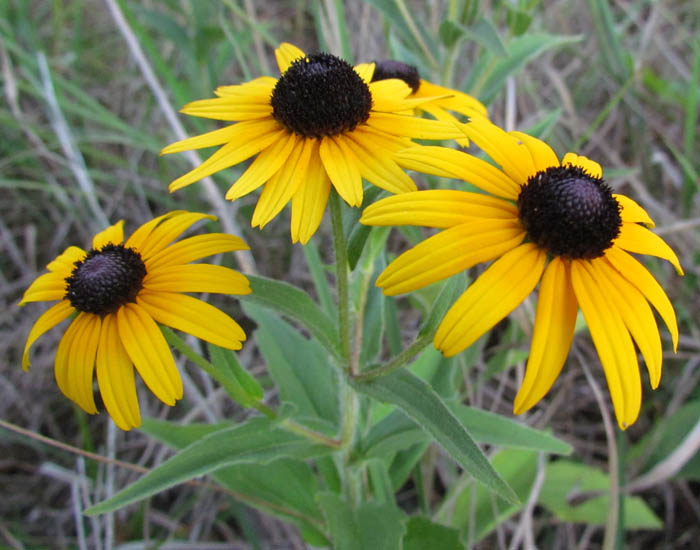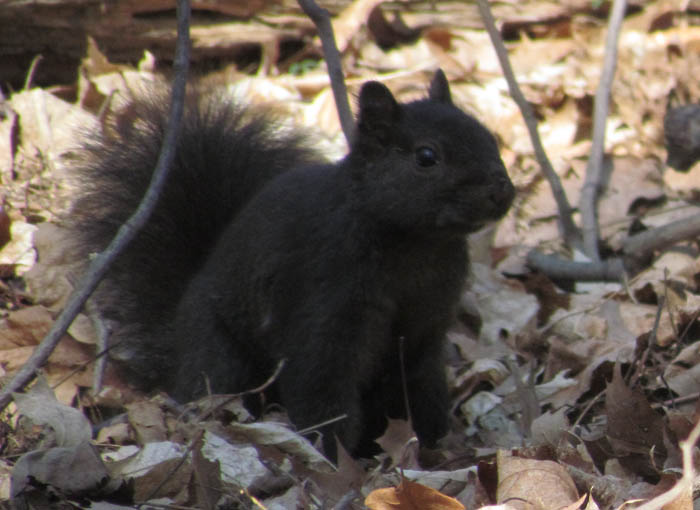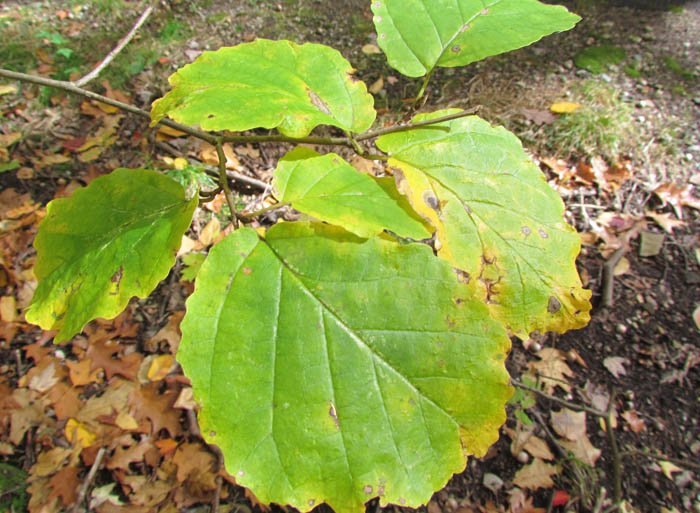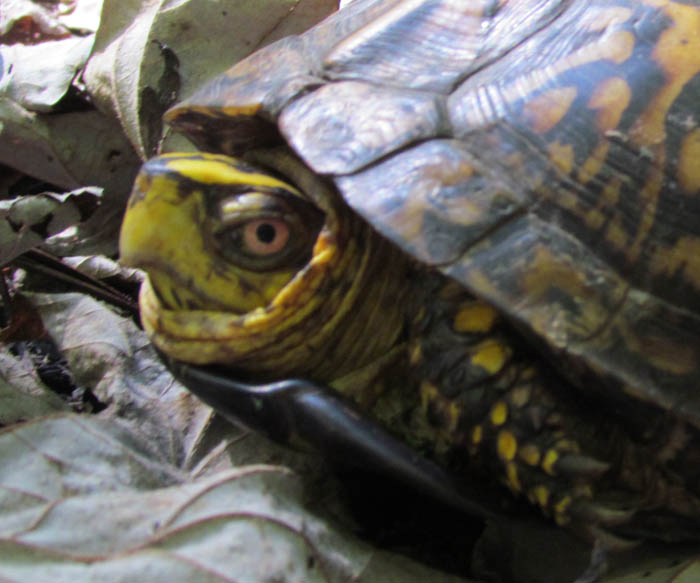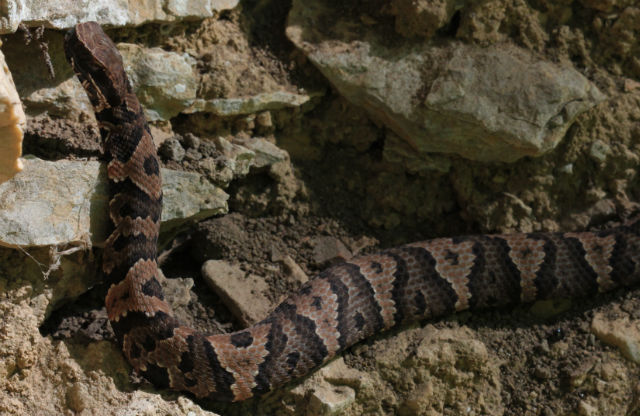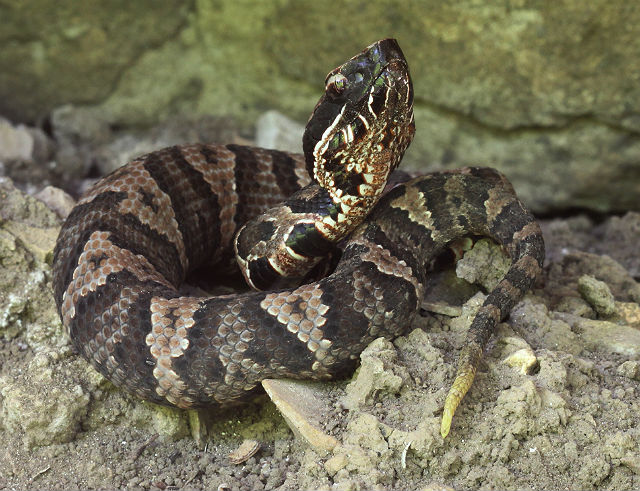How about that storm? After 36 hours without power, it’s nice to have heat and light again. Ever wonder about one of America’s favorite wildflowers? Who was Black-eyed Susan? Her story is one of the grand romantic tales of the wildflowers. Legend says it comes from an Old English poem of the post-Elizabethan era entitled “Black-eyed Susan.”
These plants are most easily recognized by their flowers, which are yellow with a brownish-purple center. Black-eyed Susans grow in open woods, gardens, fields, and roadsides. They grow quickly in just about any kind of soil.
They are a pioneer plant; this means that they are one of the first plants to grow in a new field. For example, if a fire burns down part of a forest, this plant will be one of the first to recolonize the charred land.
Black-eyed Susans generally bloom from June to October. They are considered beautiful plants and many people include them in their gardens, where they attract butterflies. Birds also enjoy their ripe seeds.




